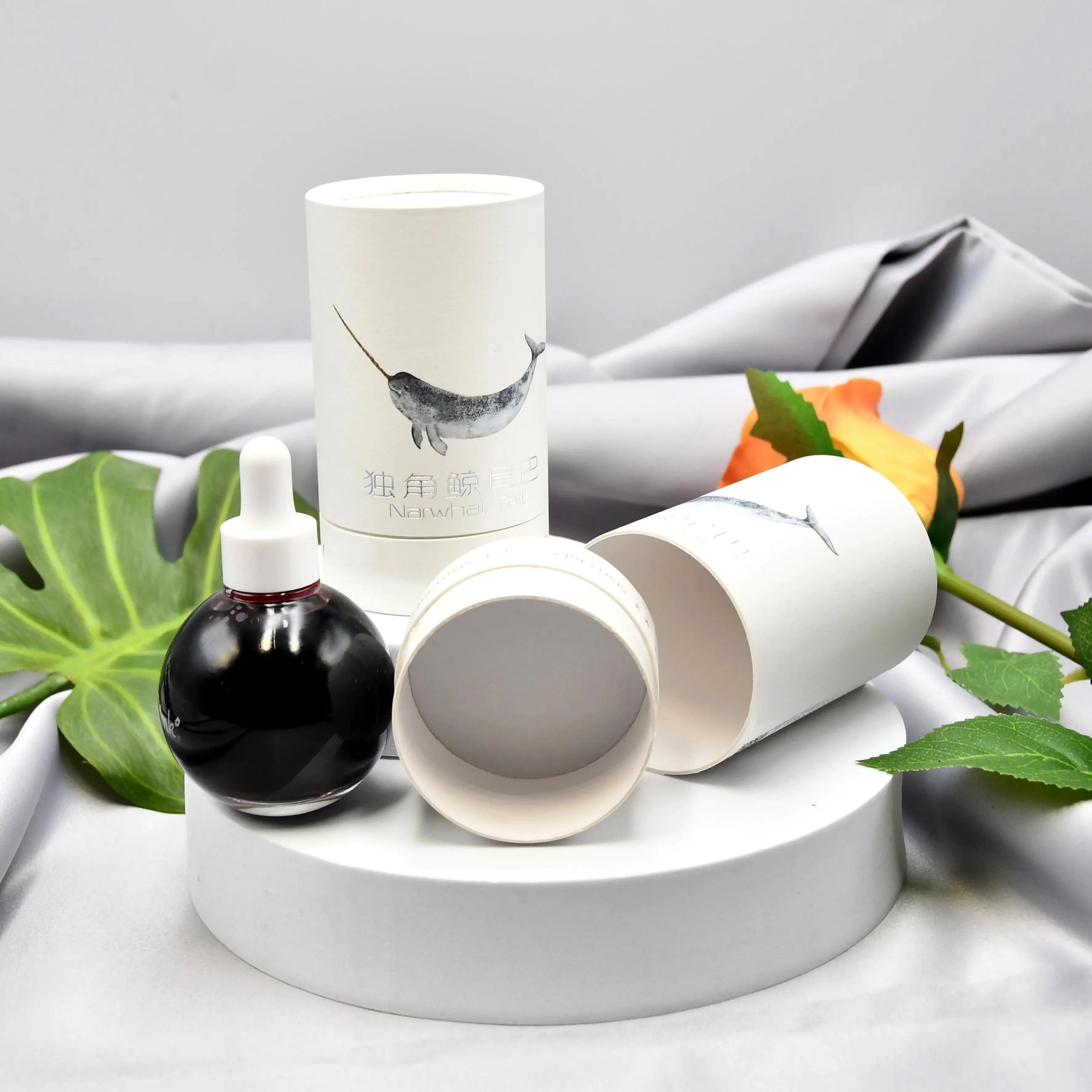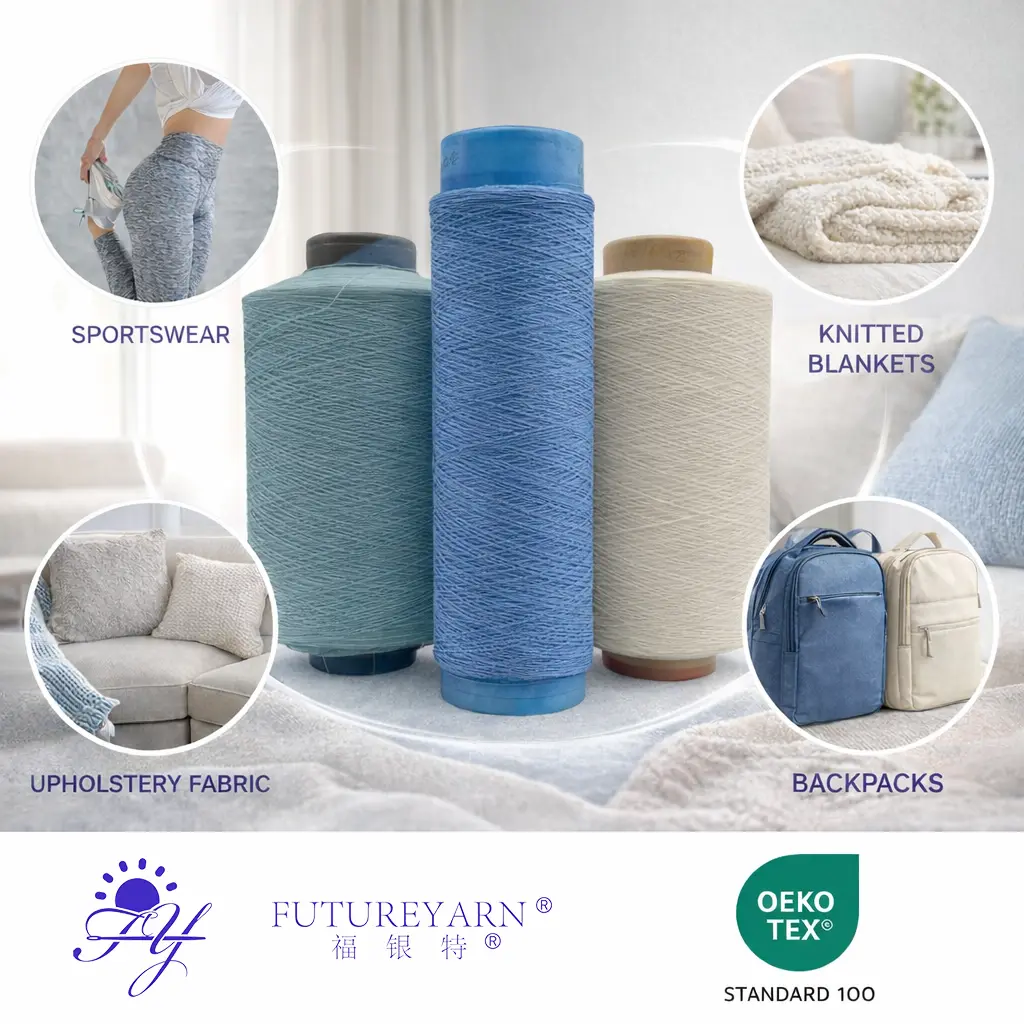When it comes to food preservation and presentation, the importance of food wrapping paper cannot be overstated. Often overlooked, this essential material plays a crucial role in maintaining food quality, extending shelf life, and enhancing the overall dining experience. But what exactly is food wrapping paper called, and what types are available in the market today? In this article, we will delve into the various forms of food wrapping paper, their specific uses, and the benefits they offer.
What is Food Wrapping Paper?
Food wrapping paper, often referred to as food-grade paper, is a specialized type of paper designed to safely wrap and store food items. It is engineered to be non-toxic, moisture-resistant, and, in many cases, biodegradable, making it a sustainable choice for both consumers and businesses. The primary purpose of food wrapping paper is to protect food from contamination, moisture, and air exposure, which can lead to spoilage and loss of flavor.
Types of Food Wrapping Paper
- Wax Paper:
Wax paper is coated with a thin layer of wax, making it moisture-resistant and non-stick. It is commonly used for wrapping sandwiches, pastries, and other food items that require a barrier against moisture. However, it is not suitable for use in the oven or microwave, as the wax can melt. - Parchment Paper:
Often confused with wax paper, parchment paper is treated with acid to give it a heat-resistant quality. It is ideal for baking and cooking, as it can withstand high temperatures without burning. Parchment paper is also used for wrapping food items, especially when steaming or baking, as it allows for even cooking while preventing sticking. - Butcher Paper:
This type of paper is commonly used in the meat industry for wrapping fresh cuts of meat. Butcher paper is breathable, allowing moisture to escape while still protecting the meat from contamination. It is also used for smoking meats, as it helps retain flavor while allowing smoke to penetrate. - Freezer Paper:
Freezer paper is coated on one side with plastic, making it ideal for wrapping food items for long-term storage in the freezer. The plastic coating prevents moisture loss and freezer burn, ensuring that food retains its quality over time. It is commonly used for wrapping meats, vegetables, and prepared meals. - Aluminum Foil:
While not a paper, aluminum foil is often included in discussions about food wrapping materials. It provides an excellent barrier against moisture, light, and air, making it perfect for wrapping leftovers, baking, and grilling. Its malleability allows it to conform to various shapes, ensuring a tight seal around food items. - Greaseproof Paper:
This type of paper is treated to resist grease and oil, making it an excellent choice for wrapping fried foods, pastries, and baked goods. Greaseproof paper helps maintain the integrity of the food while preventing grease from seeping through.
Benefits of Using Food Wrapping Paper
- Preservation of Freshness: Food wrapping paper helps to keep food fresh by minimizing exposure to air and moisture, which can lead to spoilage.
- Hygiene and Safety: Using food-grade wrapping paper reduces the risk of contamination, ensuring that food remains safe for consumption.
- Convenience: Food wrapping paper is lightweight and easy to use, making it a practical choice for both home cooks and food service professionals.
- Sustainability: Many types of food wrapping paper are biodegradable or recyclable, making them an environmentally friendly option compared to plastic wraps.
Conclusion
In summary, food wrapping paper encompasses a variety of materials, each designed for specific purposes in food storage and preparation. Understanding the different types of food wrapping paper and their applications can significantly enhance food preservation techniques and contribute to a more sustainable kitchen. Whether you are a home cook or a culinary professional, choosing the right food wrapping paper is essential for maintaining the quality and safety of your food. As we continue to prioritize health and sustainability, the role of food wrapping paper will only become more significant in our daily lives.


